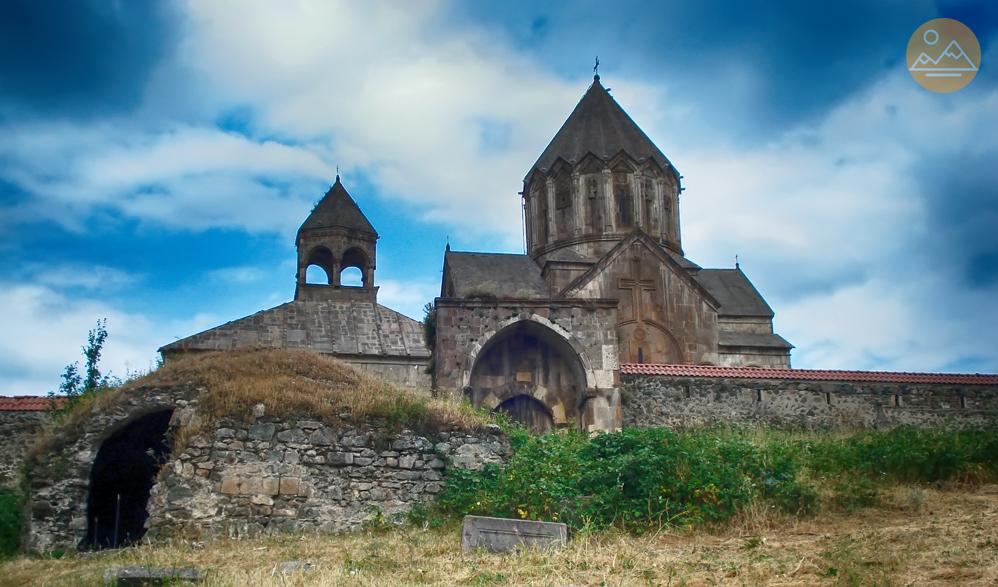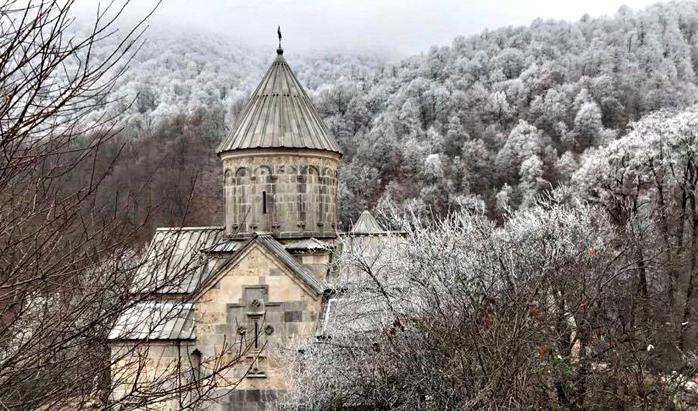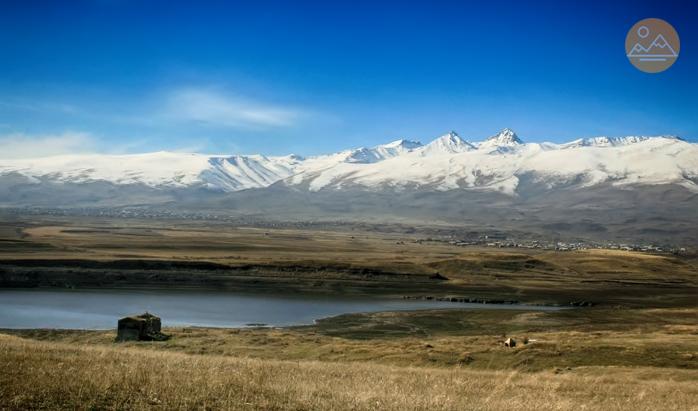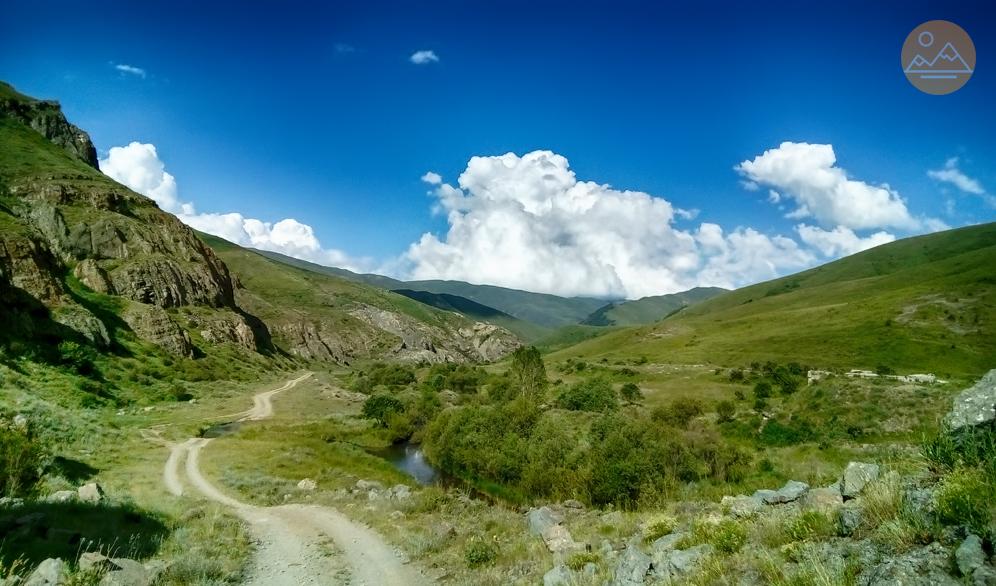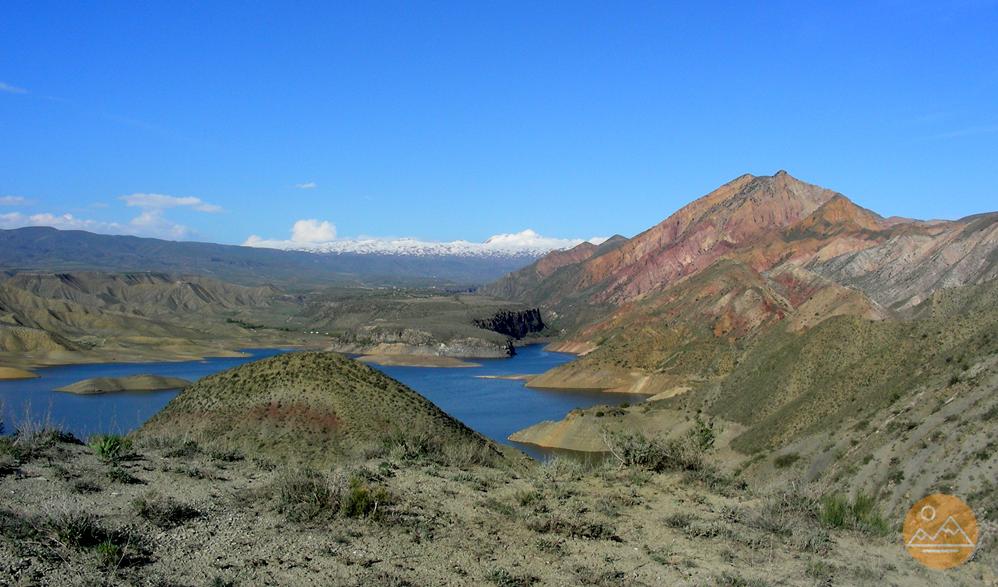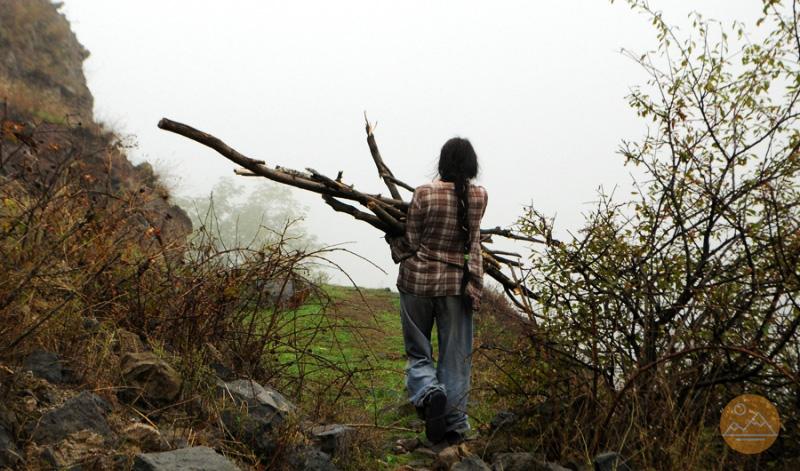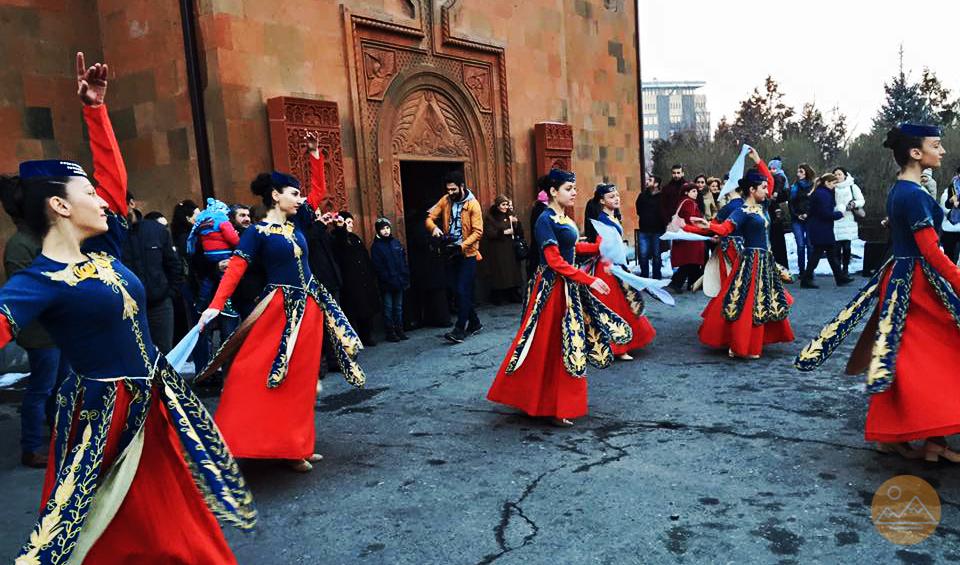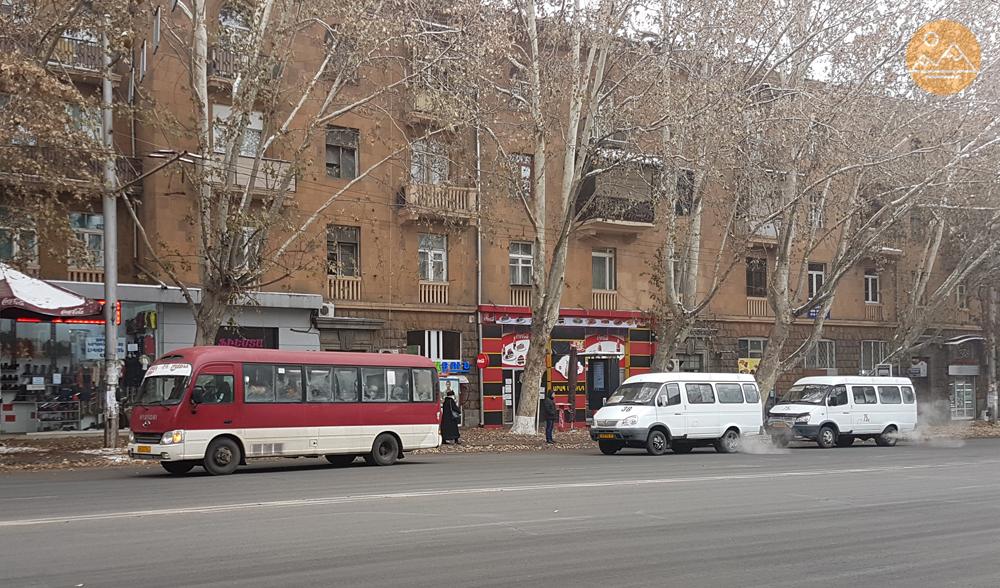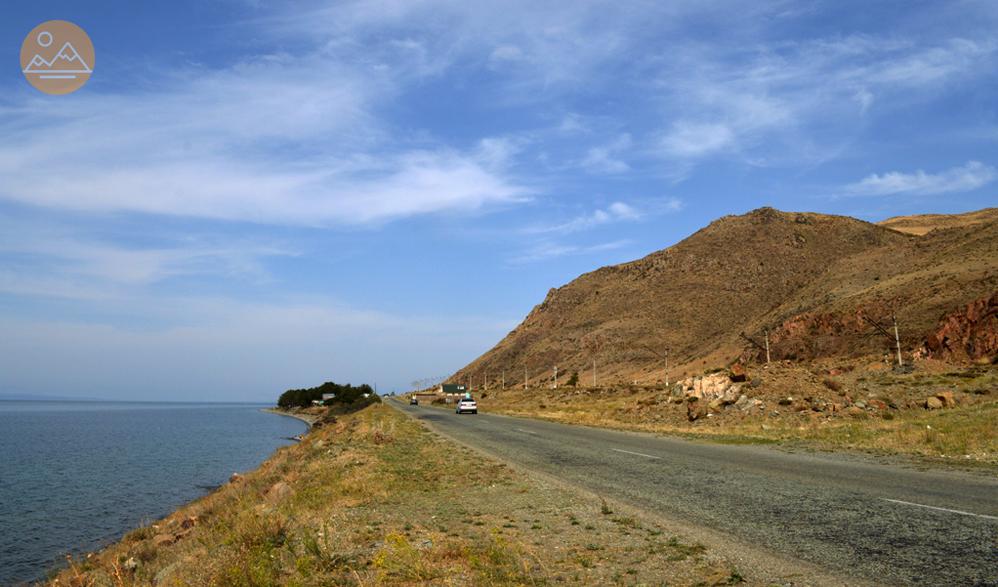-
 Nane Khachatryan
Nane Khachatryan
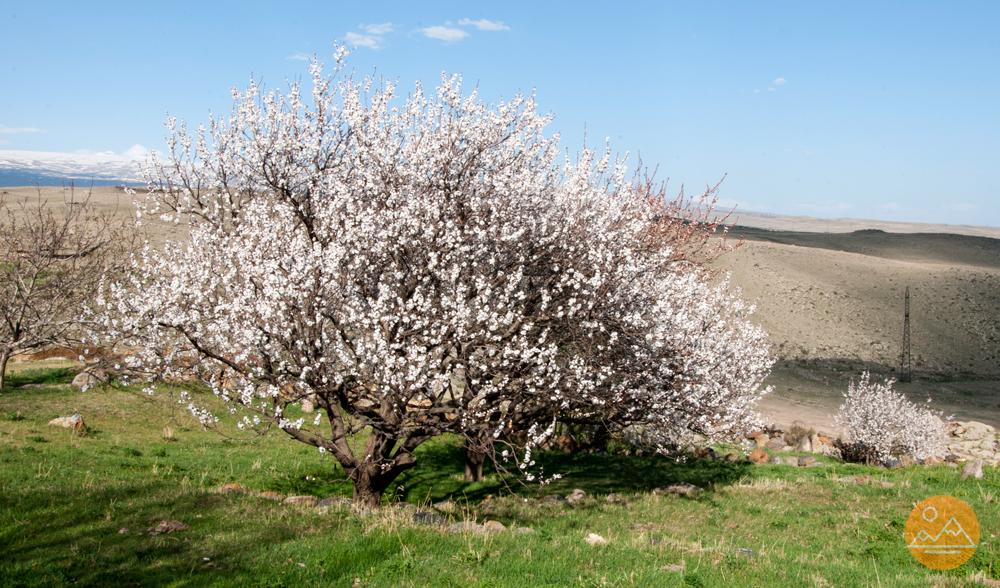
Apricot tree in bloom, Armenia / Photo: Nane Khachatryan
Specific Trees and Bushes of Armenia and Their Role in Daily Life
Views - 11456
From the banks of Debed river with elevation of 390 meters above sea level to the top of Mt. Aragats (4090 m.) – Armenia’s unique relief has about 3700 meters of altitude difference. This geographical position enriches the land with a great variety of trees and bushes. Armenia is home to such species as oriental beech, oak, Caucasus hornbeam, pine, basswood, ash tree, junipers, maple, wild pear, almond tree, and even rare types of local trees, such as yew, ivy, hazel, Armenian whitebeam (Sorbus hajastana), etc. Plane, aspen, willow and oak trees are widely used in landscaping of Yerevan streets and parks.
The diversity of Armenia’s geography and climate made it possible in the ancient times to grow foreign exotic plants, which later became very common for Armenia. Over the time, these species began to be introduced as local, such as peach, mulberry, fig, pomegranate, walnut, etc. Many centuries ago these trees were brought to Armenia, and they became so beloved and well-integrated into this nature, that soon some of them became national symbols of Armenia.
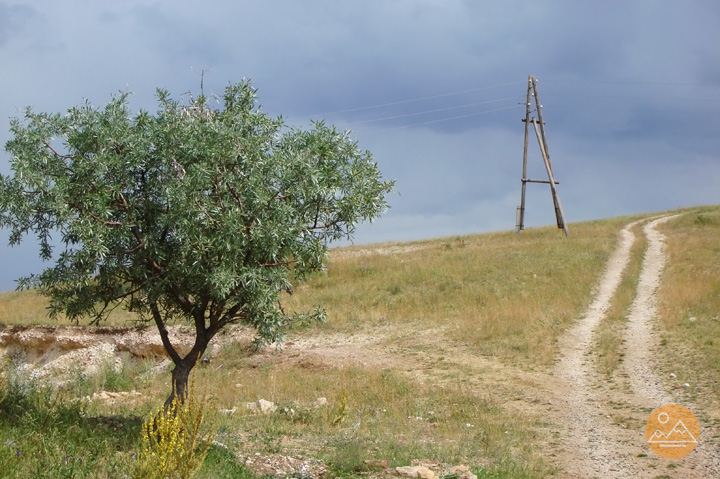
Wild pear tree, Gnishik, Armenia / Photo: Nane Khachatryan
Apricot Tree
While the origin of the apricot tree is still disputed, it is known by its botanical name prunus armeniaca, which refers to the fact that is became known to Europe through Armenia. The apricot tree is not only famous for its fruit, but also for its precious wood. Craftsmen use its chocolate-color wood for making traditional and everyday use items like musical instruments, caskets, jars, scoops, etc.
The Armenian duduk – a traditional woodwind flute, is perhaps the most famous example of using apricot tree. It is also called ‘tsiranapogh’ (translated from Armenian as apricot pipe), which refers to the special material it is made of. In Armenian music, duduk has a special place for its long history, unique sound modulations and universal tones.
In fact, here in Armenia, we love our apricots so much that we even have a separate color called ‘tsiranaguyn’ (apricot-color). And in folk songs, the apricot fruit often symbolized the homeland, Armenia.
The taste of Armenian apricots is different from the ones found in other countries. They’re much tastier here. The apricot tree is one of those species that seeks for sunrays during summertime. And Armenia is known as the land of sun. Because of the relief and geography of the country, the apricots here absorb the sun rays from a special angle, which makes them unique - as if they’re filled with sun.
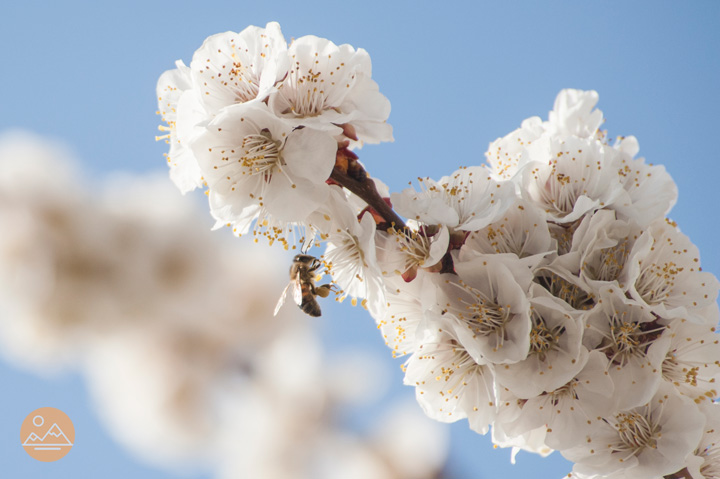
A branch of blooming apricot tree, Armenia / Photo: Nane Khachatryan
Pomegranates and Grapes
Since the medieval times, pomegranates and grapes were a part of sculpture reliefs and ornamentations in Armenia, symbolizing the tree of life, heaven, prosperity and unity, thus shaping national identity and cultural specificities. In ancient times, Armenia was introduced to foreign historians and travelers by its wine culture, people used to make wine in huge jugs stored inside the caves. Valleys were full of grape vines, which was one of the reasons that masons carved its leaves and fruits in a realistic manner. As for the use in cuisine, here’s a very special tip for gourmands: experienced cooks in Armenia put grape sticks on the bottom of the pot when preparing fish. It gives fish a special fragrance and whets your appetite.
This specific region is very rich with pomegranates, but for Armenia beginning from pre-Christian period, this red fruit played a significant role in spiritual life, representing the present and future life or the earthly and heavenly lives of believers. In the symbolic system of Armenia you can see pomegranate depicted in miniature, mosaics, church architecture and applied arts. Its presence became even more emphasized during Soviet era, when leading artists actualized its role in fine arts. Nowadays best pomegranates in Armenia grow in the south, mainly in Meghri and Artsakh. Villagers make jam with its seeds and tea from its flowers. You can also taste pomegranate wine both homemade and factory-produced.
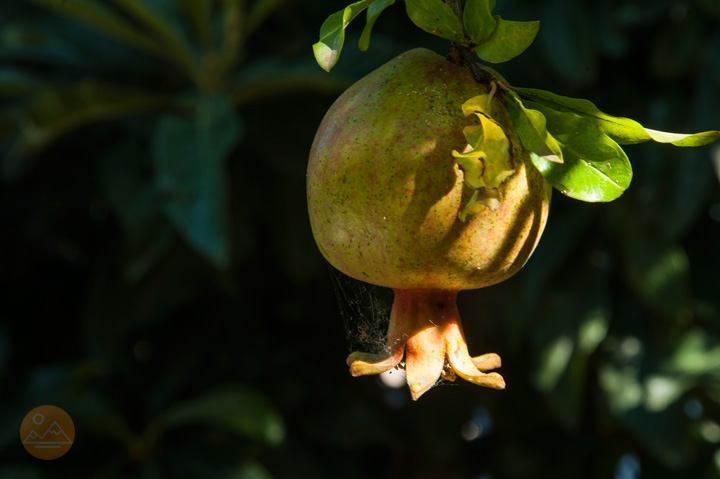
Pomegranate fruit / Photo: Nane Khachatryan
Oriental plane
From pagan times, the oriental plane was a sacred tree for Armenians, people were possessing sorcery under these trees. And in Christian tradition, the plane tree hid Jesus under its branches when he was being chased by the Romans, after which he blessed it to be evergreen. The tree is also known as ‘chinar’, and when describing someone very tall they say “as tall as chinar”.
Sea Buckthorn
Traveling around Lake Sevan between August and October, you can see large dark green bushes with tiny orange berries on both sides of the road. This is a very precious and important berry tree called hippophae, also known as sea buckthorn or seaberry (in Armenian, ‘chichkhan’). In Armenia, seaberries can be found around Lake Sevan, as well as in Vayots Dzor and Syunik provinces. Locals use it to make juice, jam, liquor, it’s also eaten raw. And oil extracted from seaberries is used for healing wounds, itches, burns, and other medical purposes. So, if you come across villagers selling orange berries in plastic buckets on your way to Sevan, do not hesitate to stop for degustation, you won’t regret it.
What is interesting about this bush, is that when its berries get ripe in August they stay on the branches till next spring. If you taste sea buckthorn berries after they were frozen in winter, it’ll taste as pineapple, which is why in Eastern Russia people call it “Siberian pineapple”.
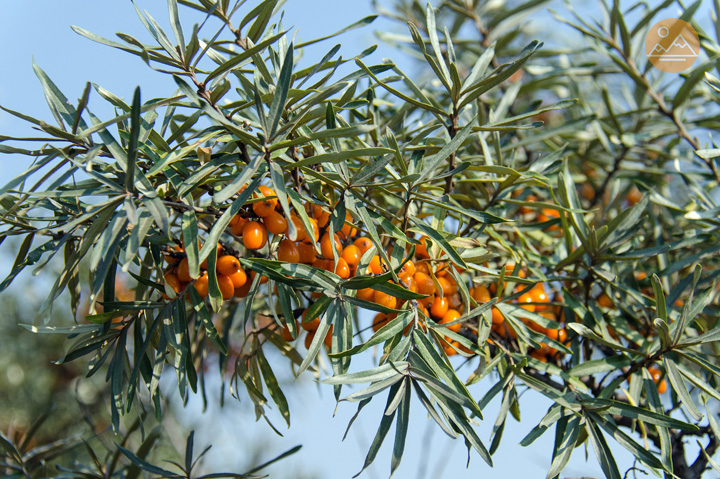
Sea buckthorns / Photo: Tatyana Kazakova/pixabay
Elderberry
Elderberry is a small tree or a shrub growing in forests and roadsides. In spring, it blooms with nice white flowers that develop into dark berries in late summer. There are several species of elder shrubs, of which one called Sambucus Tigrani is indigenous to Armenia. It has both decorative and medical purposes. Experienced village cooks use it also in their dishes. It is also believed that elder wood protects from evil powers, hence people make amulets from its wood and hang it on their doors. Locals call these amulets “daghdghan”, which can be translated as “beating the evil eye”.
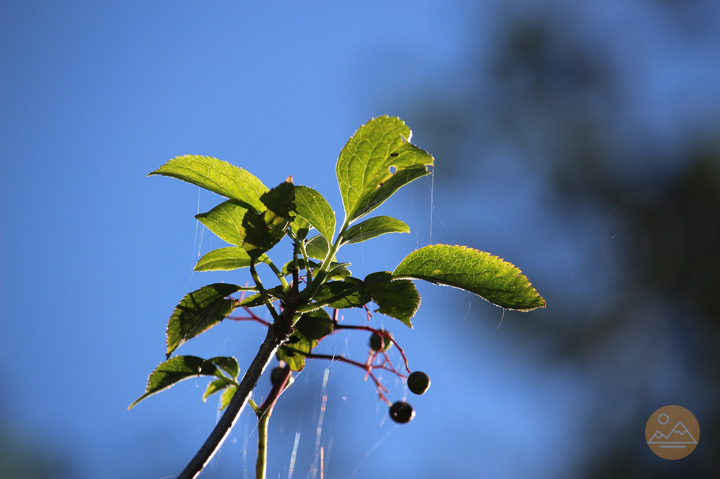
Elderberry / Photo: rihaij/pixabay
Hawthorn Tree
The hawthorn, or hawberry tree (in Armenian, ‘szni’) is found in more dry regions of Armenia. Its leaves and flowers are small and neat, like its berries that have small seeds inside. Berries are collected in autumn, people eat it raw, prepare jams or juice from it, or dry the leaves and the berries to use with tea. This tree is known for its medical purposes since ancient times. It cures throat inflammation, stomach infections, strengthens the liver, improves the blood circulation. Women use hawberries inside dishes, for it gives light sour taste, they also grind the dry berries, mix it with flour to make bread. You can see “hawberry necklaces” for sale in the street of Yerevan, that’s a common way of selling it – collecting berries like beads around a strong thread.
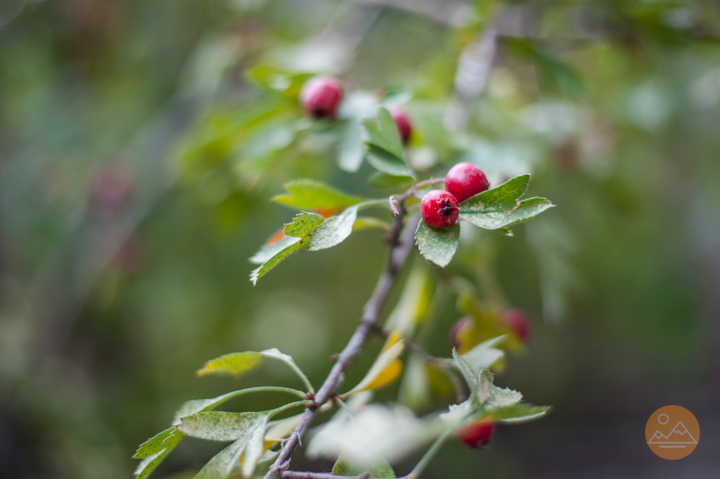
Hawthorn berry / Photo: Nane Khachatryan
Rose hip
Armenian rural kitchen and traditional medicine very much depend on the wild berries growing in different regions. Rose hip (in Armenian, ‘masour’) is a common bush that you can meet all around Armenia. It blooms in late May and June. Locals gather its red berries in autumn whenthey are still solid and use them for making medical liquors, juice, jam or dry them for making tea. Rose hip is a great source of vitamin C. In late September and October, you can see women picking rose hip berries in the mountains and then drying them in the sun. Even its flowers, leaves, seeds and roots are used for making natural medicaments for inflammatory and other purposes. Tea from rosehip berries will warm up your body if you caught cold.
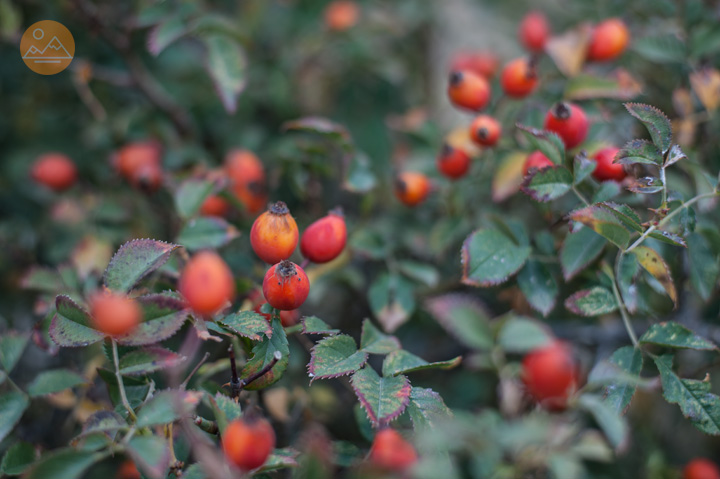
Rose hips in Armenian mountains / Photo: Arty Om
Medlar
This shrub belongs to Rosacea plant family. In Armenia, it grows mainly in the south. Its mid-sized fruits are mainly collected in the end of November before it gets soft. It’s preserved during winter and whenever someone gets sick they are given ripe medlar fruits or special medlar soup. Villagers take out the seeds, mash the fruit, add some flour and water, then boil it till it’s ready: the best and most delicious way to improve your immune system. Usually its fruits fall down with the first snow and after being frozen they taste as marmalade.
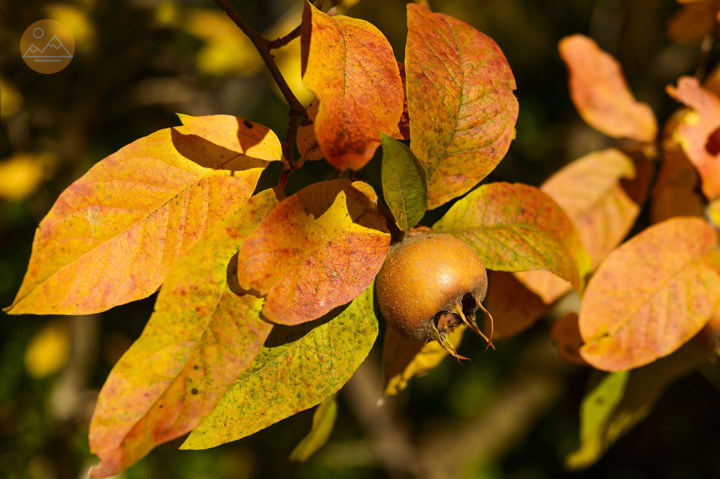
Medlar fruit / Photo: Siala/pixabay
Oleaster
And last, but not least, Armenia is home to an extraordinary tree with flowers of heavenly aroma and fruits of unusual taste. If you happen to visit Armenia in spring, you will sometimes feel a pleasant fragrance near the private gardens. That belongs to an elegant tree called oleaster or silverberry (in Armenian, ‘pshat’). Silverberry trees can be found in Yerevan, around the Ararat valley, in Vayots Dzor and Syunik provinces. The oleaster fruit, which resembles an olive, is used for medical purposes, while its yellow flowers are used for making perfumes.
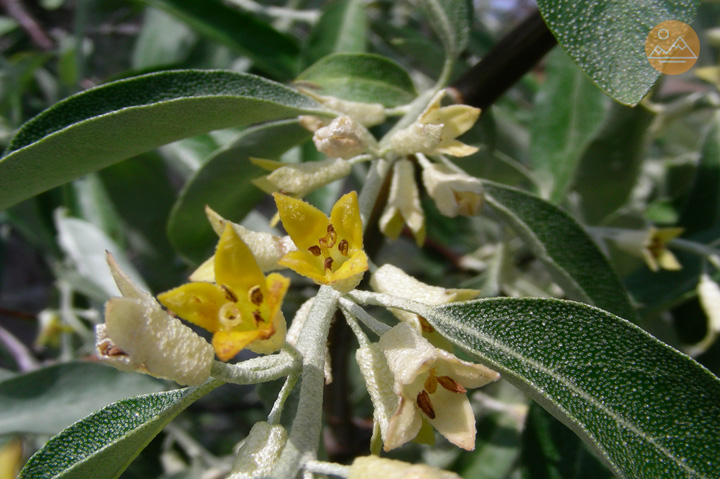
Oleaster tree in bloom / Photo: Ani Seize
It is unreal to list all the interesting trees and bushes found in Armenia, and if you are a true lover of dendrology, then Armenia is a great place to explore some interesting species.
